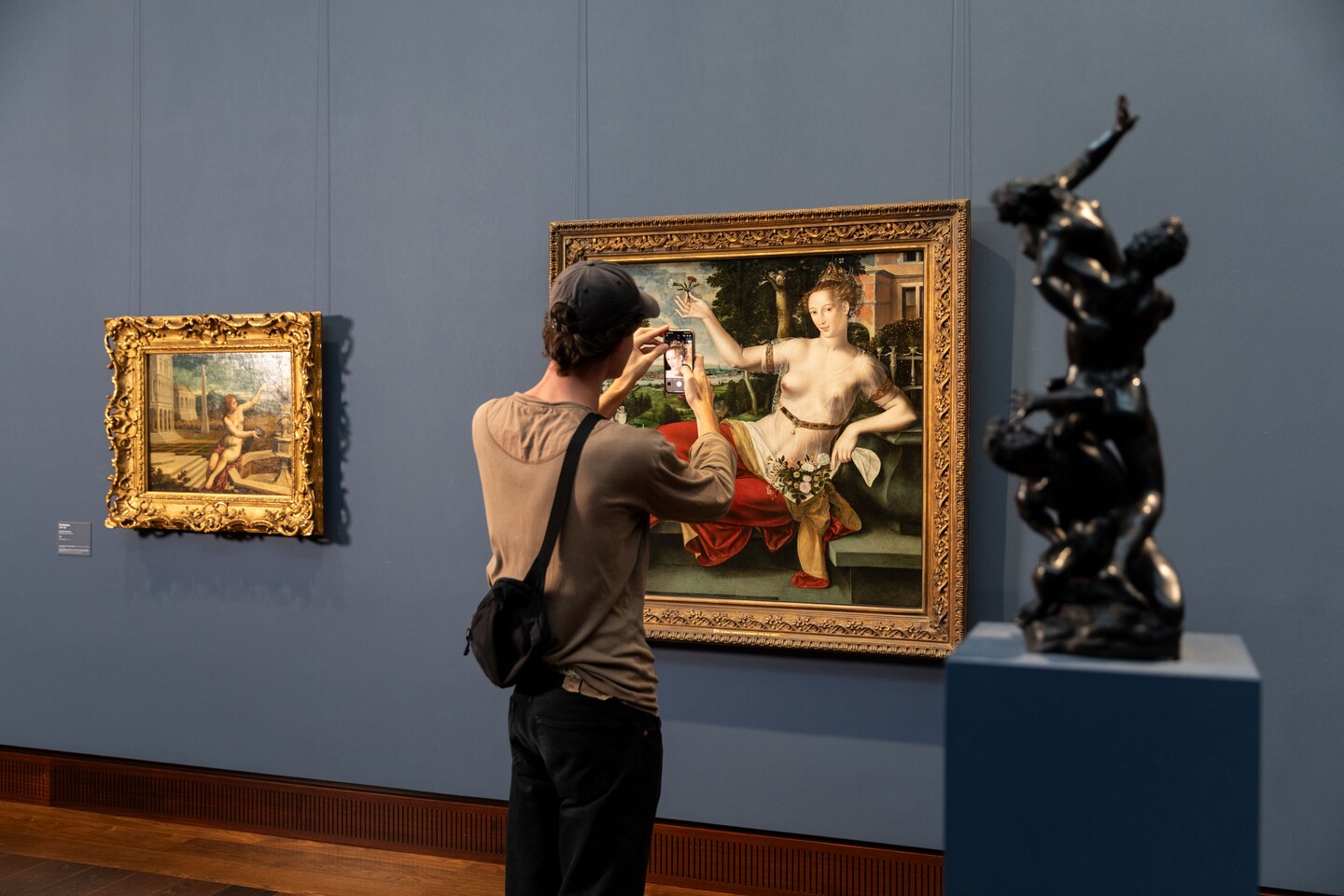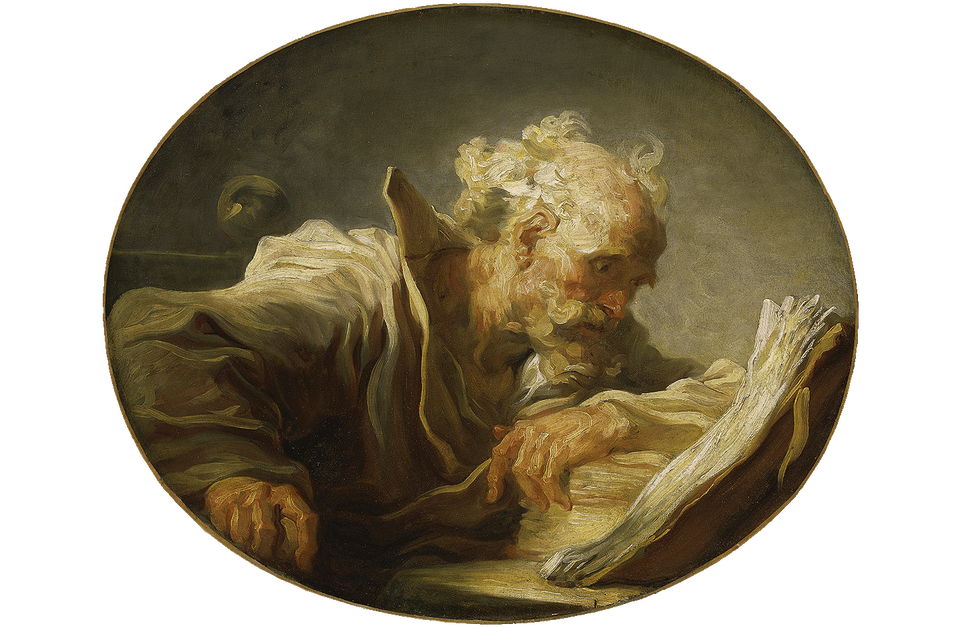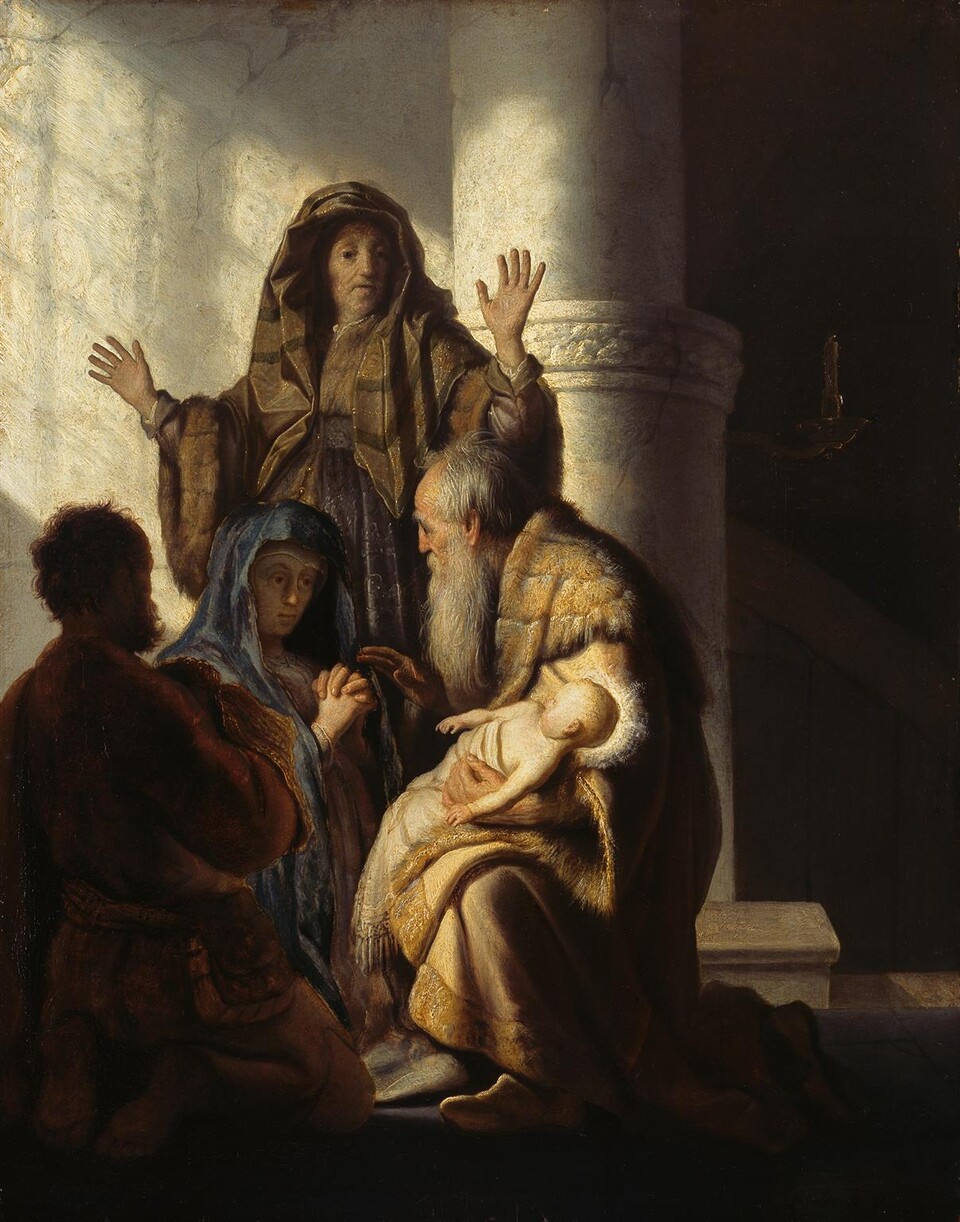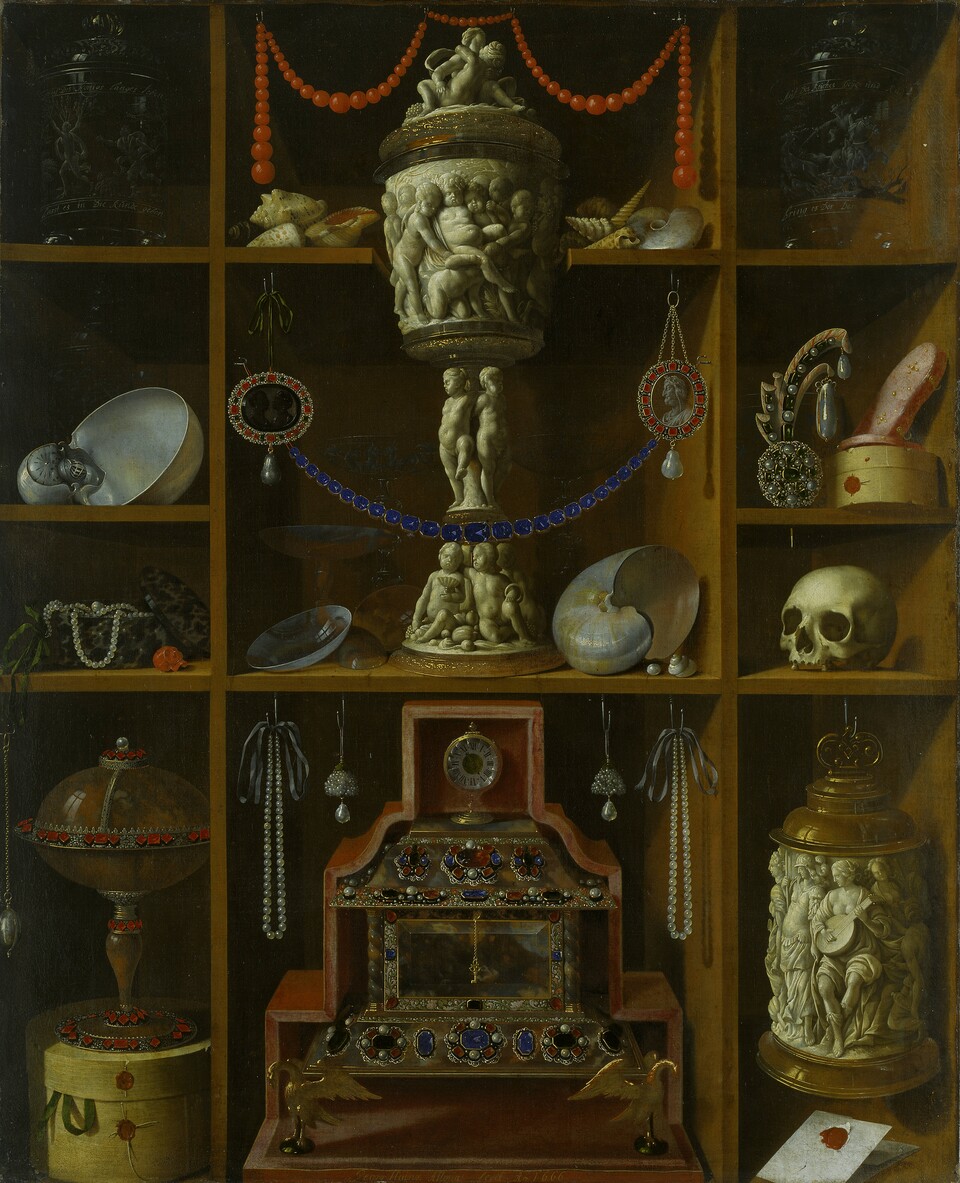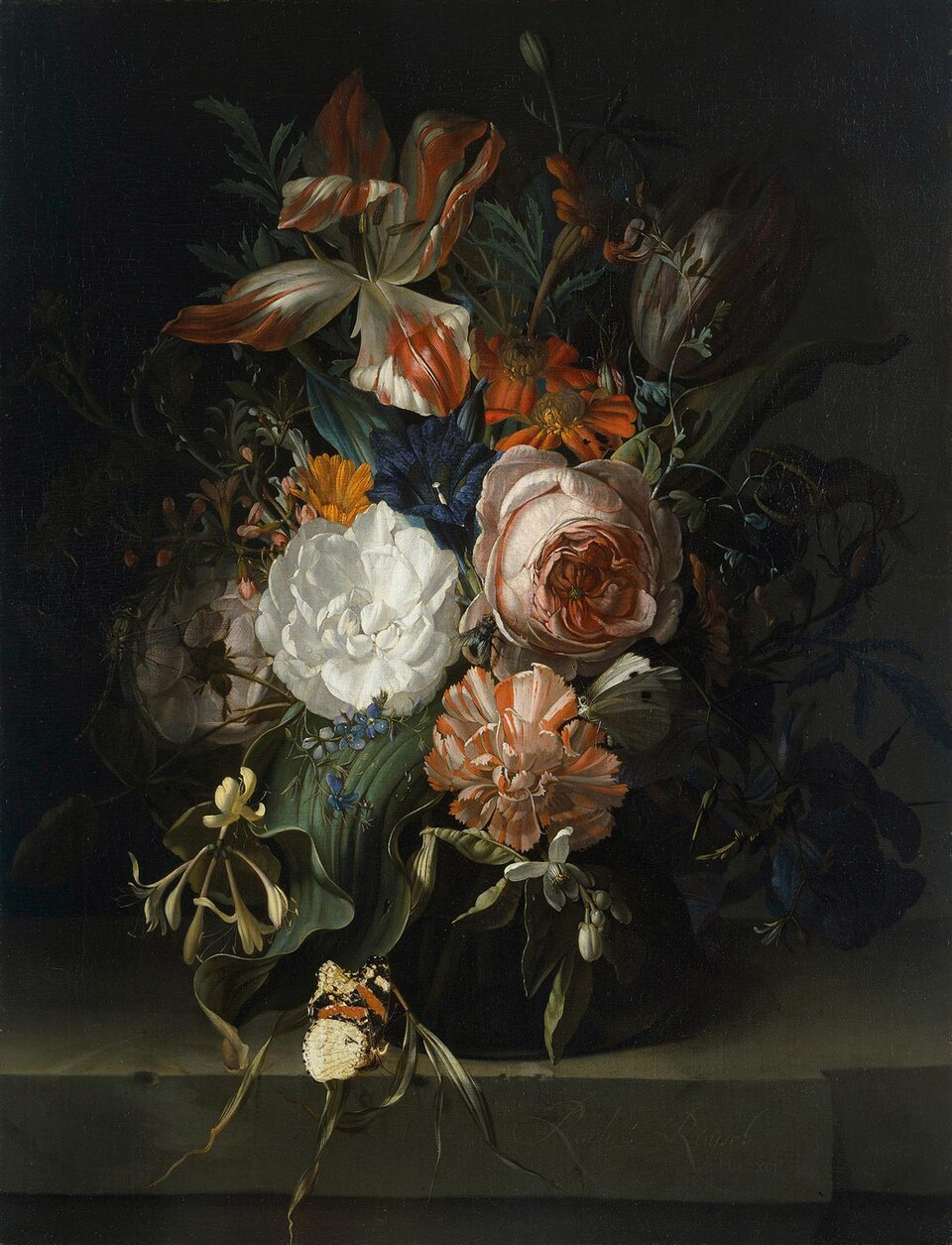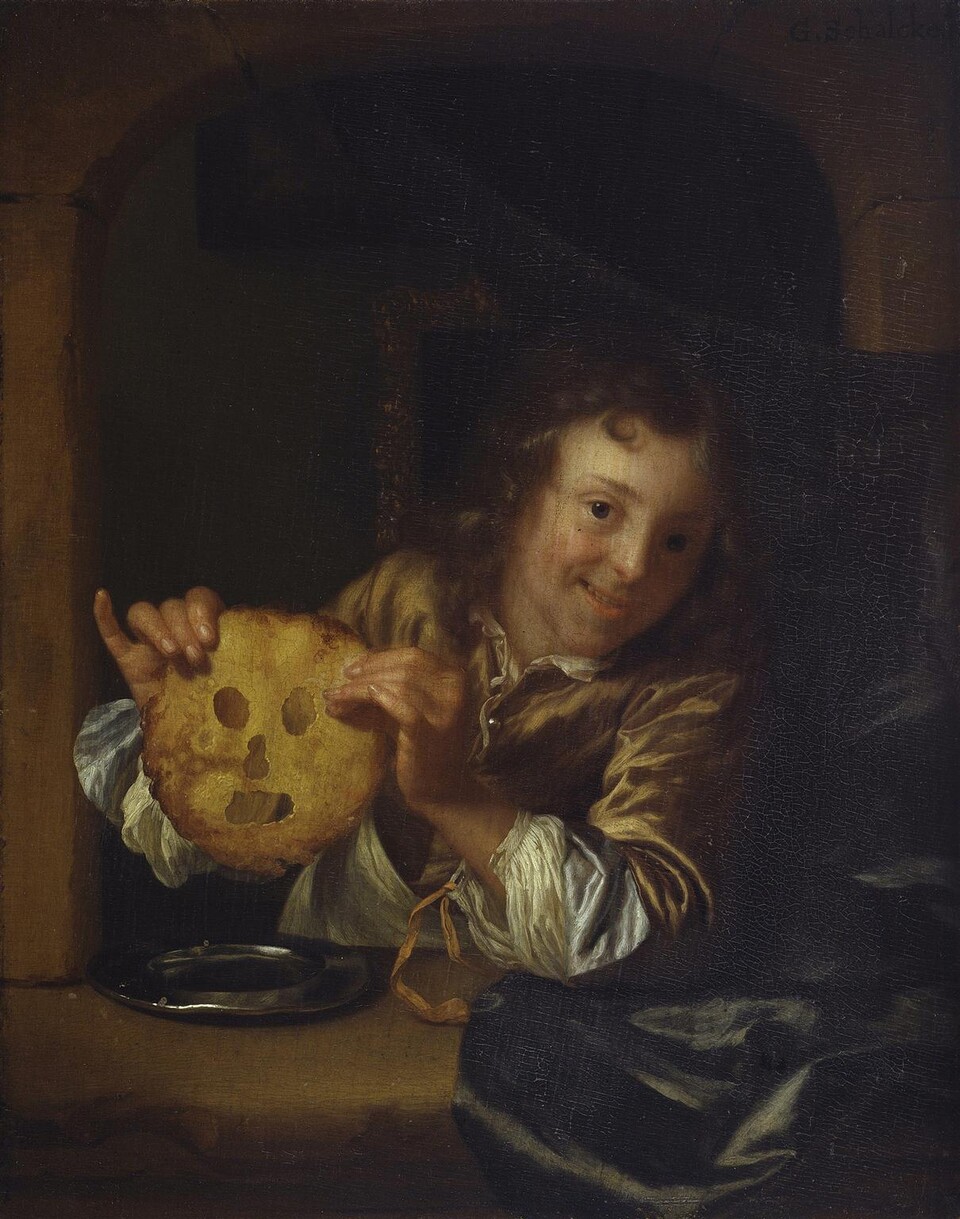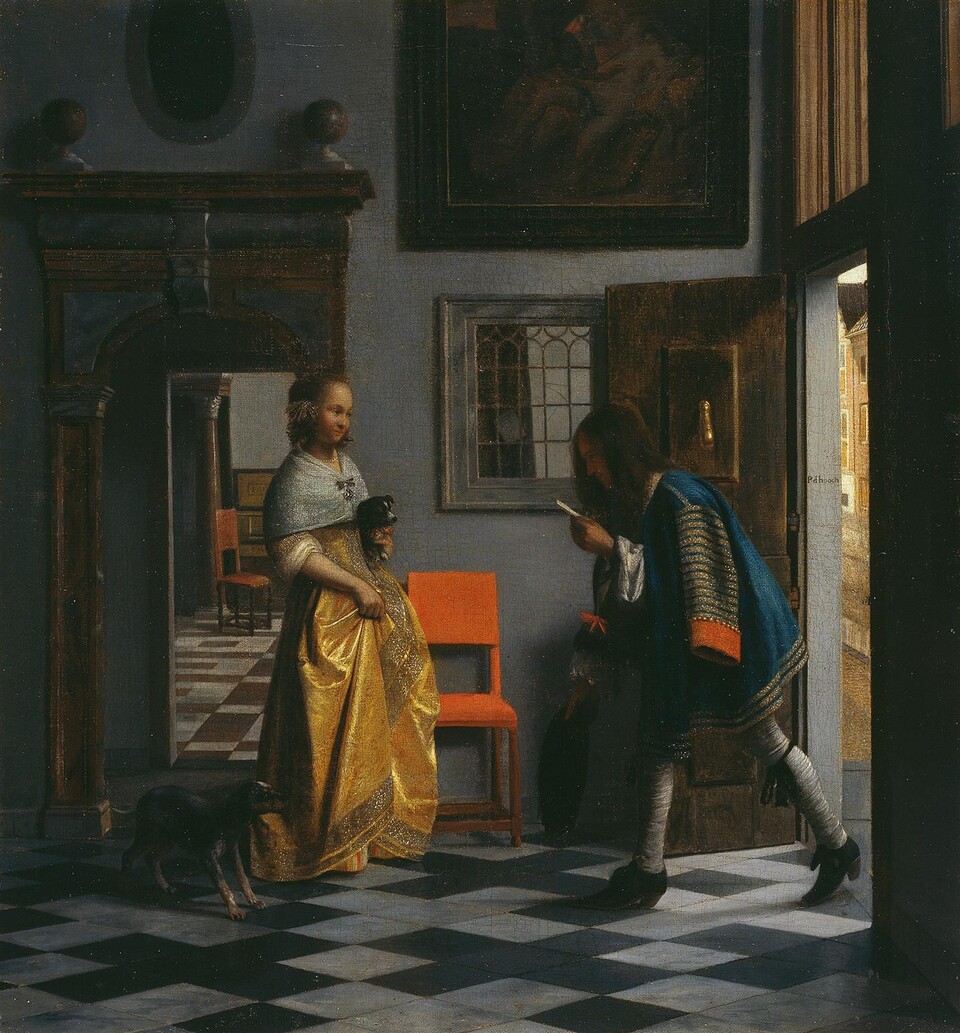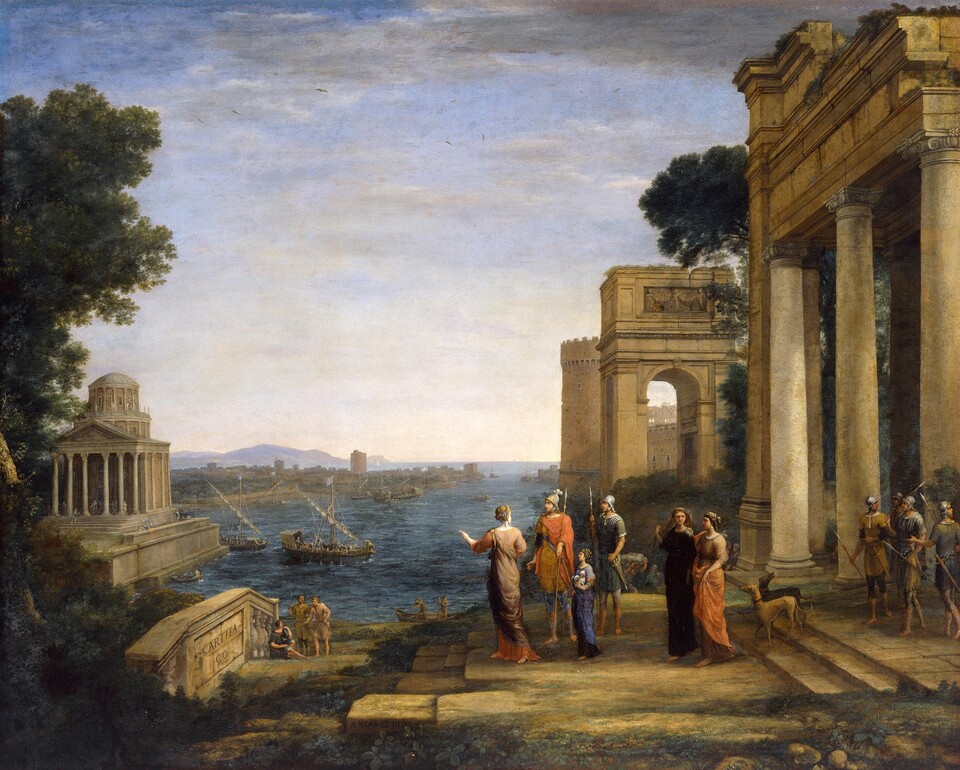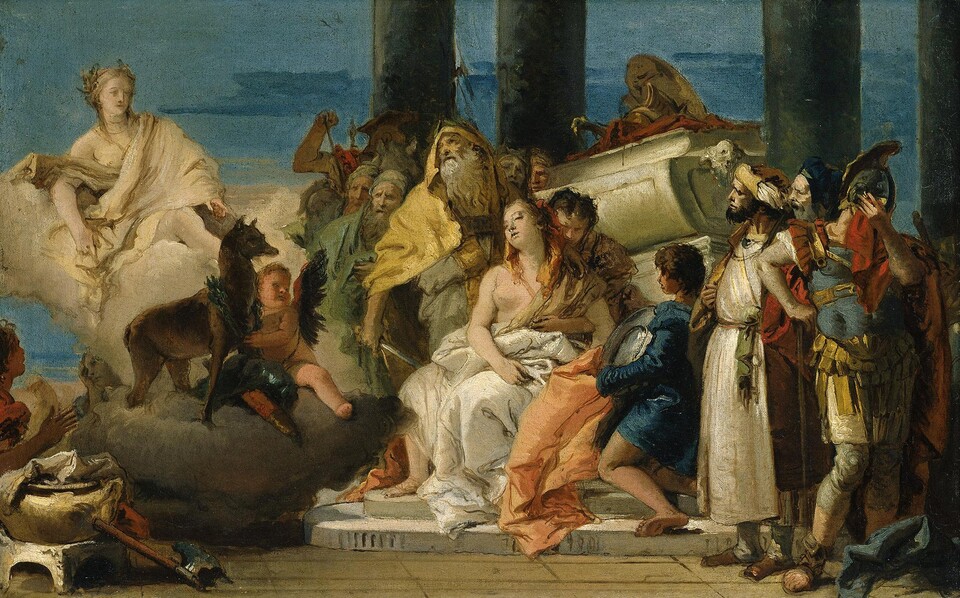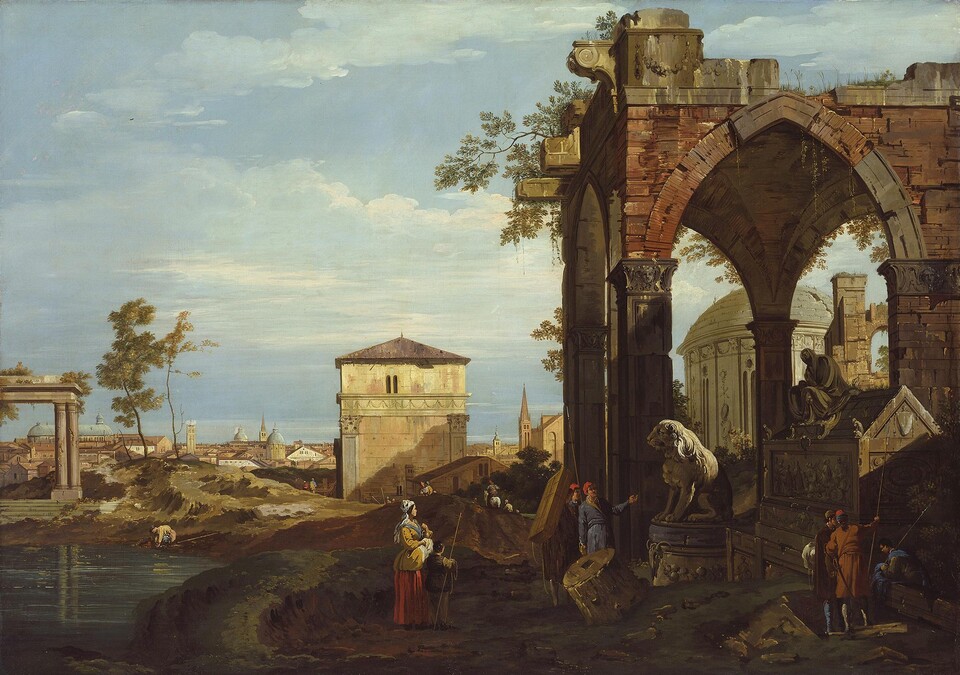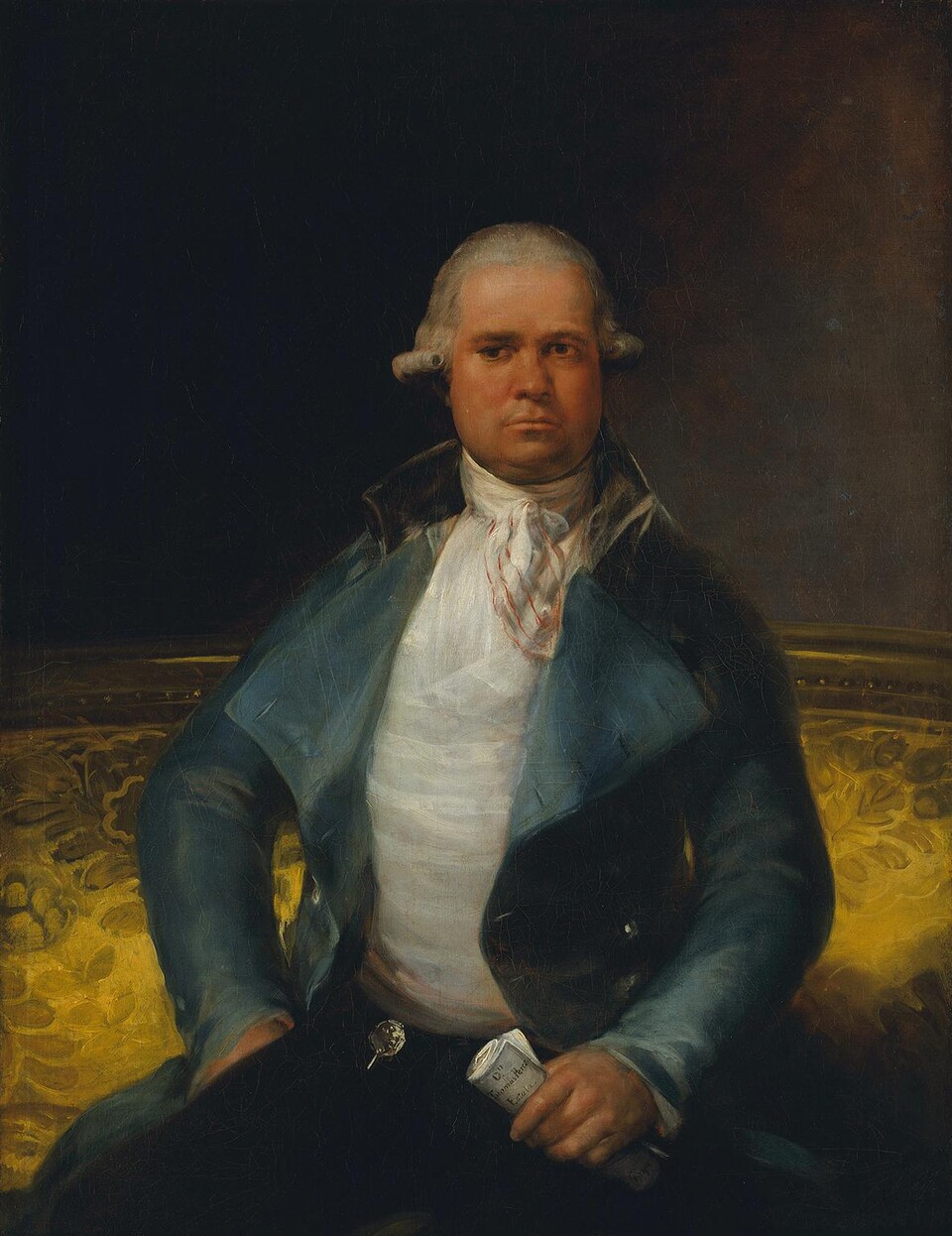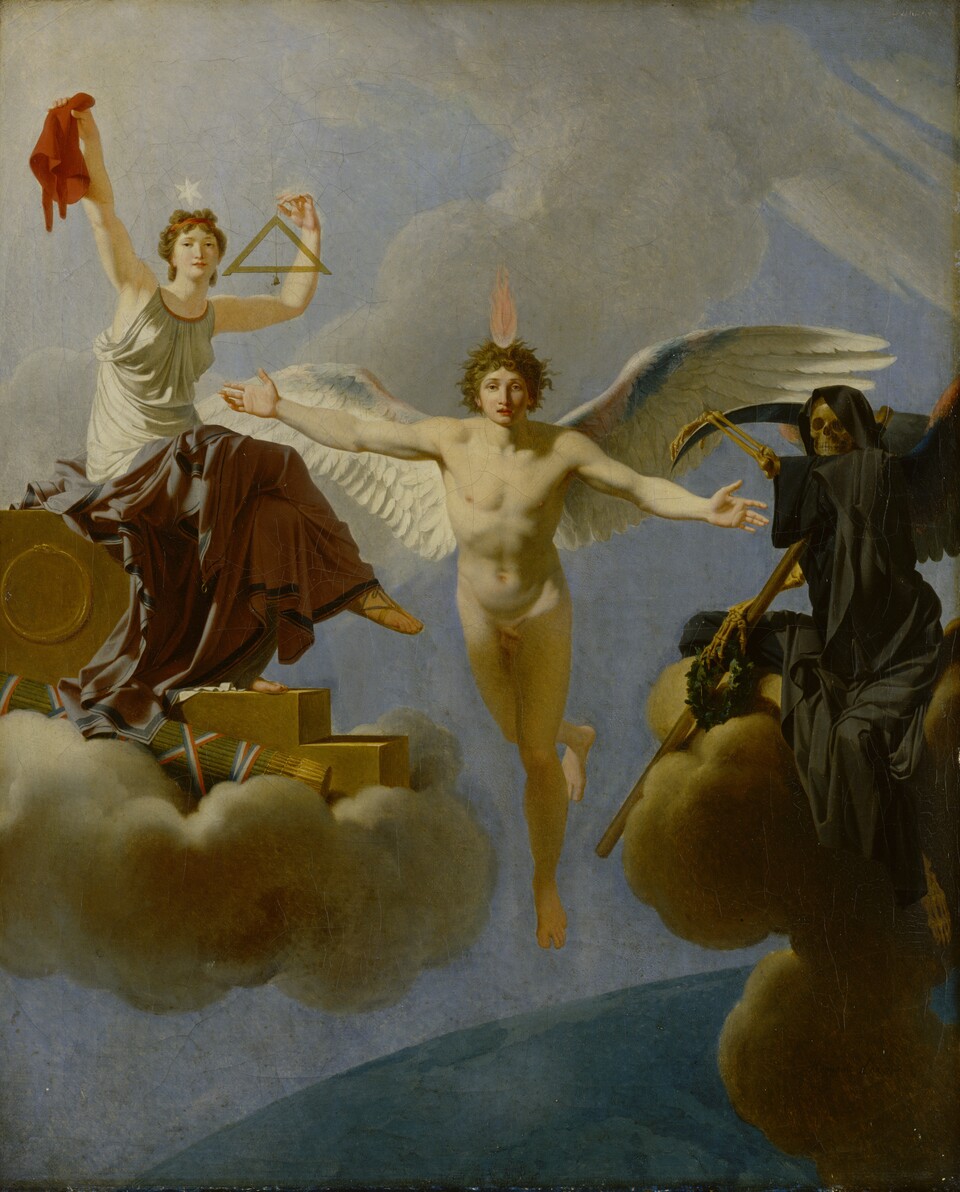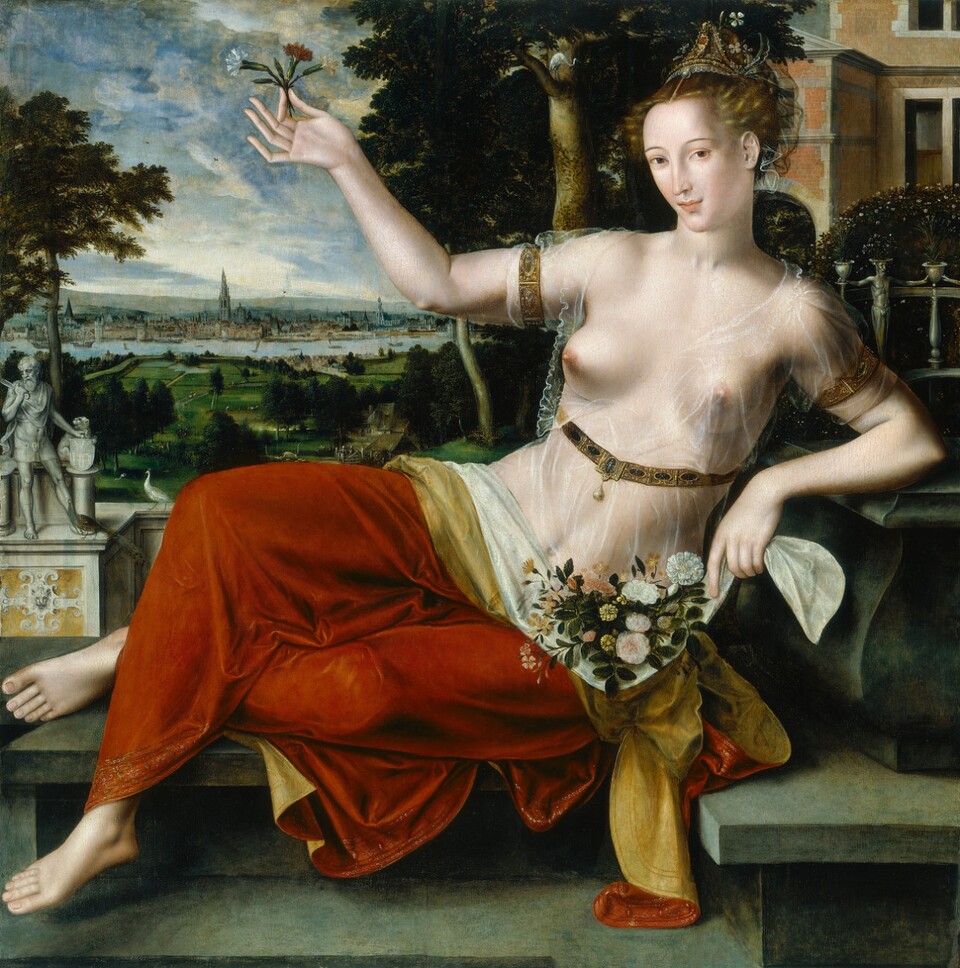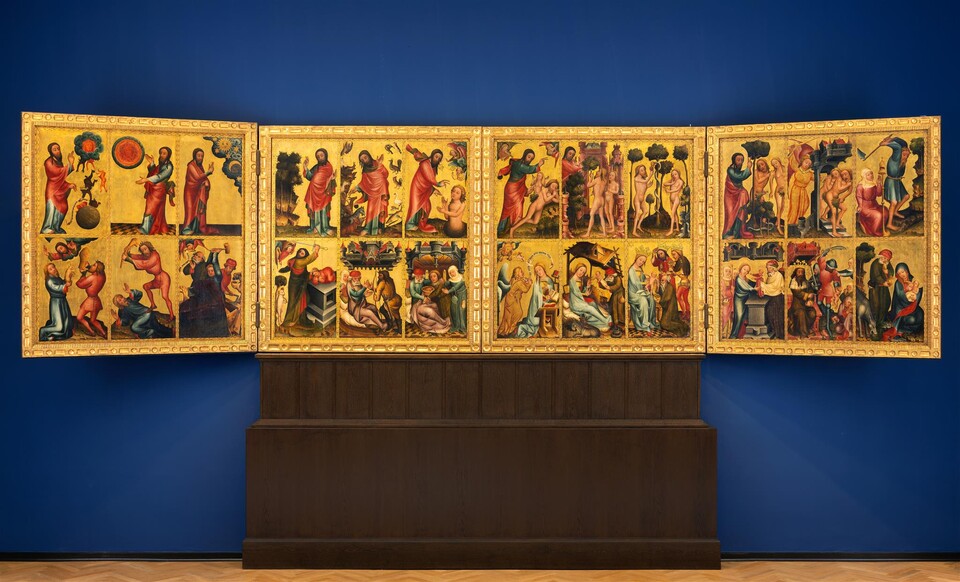Old Masters
Head of Collection
Dr. Sandra Pisot
The Collection of Old Masters is distinguished by its extraordinarily large historical breadth from the early 15th century to the end of the 18th century. One focus is northern German medieval painting, with altarpieces by Bertram von Minden and Master Francke. Works by Lucas Cranach the Elder, Hans Holbein the Elder, Paris Bordone, and Jan Massys reveal the rich facets of the European Renaissance. Italian Baroque painting is represented by important single works by Canaletto, Bernardo Bellotto, and Giovanni Battista Tiepolo. Portraits by Jean-Laurent Mosnier and Johann Heinrich Wilhelm Tischbein as well as important paintings by François Boucher, Jean-Honoré Fragonard, Henry Fuseli, and Goya are emphasized in the 18th century. The main accent of this field of the collection is on Dutch and Flemish painting of the 17th century, with outstanding examples by Rembrandt, Abraham Bloemaert, Pieter de Hooch, Anthony van Dyck, and Gerrit van Honthorst.
Private collectors in Hamburg such as Georg Ernst Harzen and Johannes Amsinck provided the core of the old masters collection with bequests of their collections of predominately Dutch painting in 1863 and 1879, respectively. Alfred Lichtwark, the first director of the Kunsthalle, played a decisive role in shaping the holdings of paintings from 1886 onwards; in 1888 he was able to purchase for the Kunsthalle not only a series of paintings from the Hudtwalcker-Wesselhoeft collection but also paintings by artists from Hamburg. With Master Francke’s Thomas Altarpiece for the Hamburg-based traders with England in 1898, and Bertram von Minden’s former main altarpiece for the Petrikirche in 1903, Lichtwark acquired two major works of whose importance he commented: »The foundation of our collection from now on is the work of the Hamburg old master Francke« and »Ever since the autumn of 1900 when the famous Grabow Altarpiece […] was recognized as the former main altarpiece of St Peter’s in Hamburg, the Kunsthalle has regarded it as its most urgent task to explore the traces of its author, […] the famous Master Bertram, and to reacquire his works for his native city.«
Additional acquisitions from the collection of Consul Eduard Friedrich Weber and the bequest of Siegfried Wedells marked the years that followed and solidified the significance of the Collection of Old Masters. Lichtwark’s successor, Gustav Pauli, concentrated between 1923 and 1929 primarily on building up the collection of Italian painting, which until then had been largely neglected. During the period of National Socialism, a large number of Dutch paintings came to the Kunsthalle via the foreign art trade, but most of these works were returned after the war ended. It was thanks to Alfred Hentzen that outstanding paintings from the Wedells Collection could be secured as permanent loans of the Free and Hanseatic City of Hamburg to the Kunsthalle in the 1950s. Today the Collection of Old Masters continues to grow continuously thanks to bequests, gifts and targeted acquisitions intended to fill gaps in its holdings and build on the collection’s strengths.
The redesign of the chronological tour through the collection on the occasion of the modernisation of the Hamburger Kunsthalle in 2016 reveals the full diversity of the Collection of Old Masters. Although the aforementioned focuses of the collection remain evident, now the important major works are presented in new constellations and thought-provoking juxtapositions that clarify mutual, international influences. Newly conceived thematic rooms permit a voyage of discovery through four centuries.
